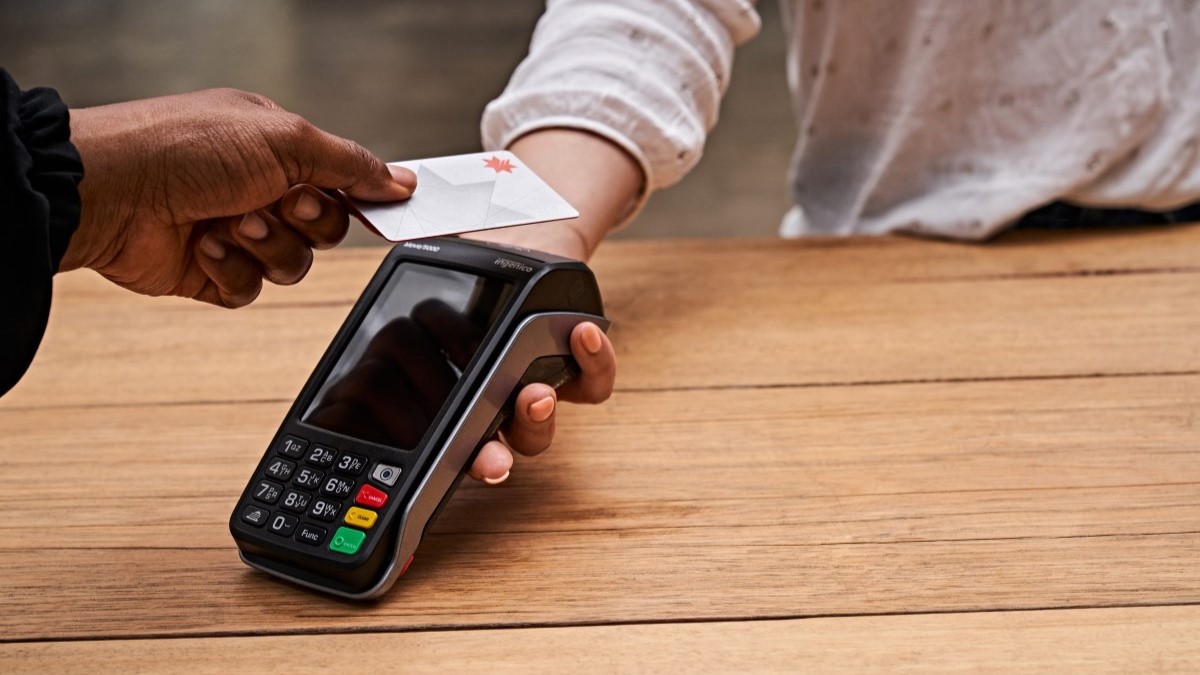The emergence of buy now, pay later products has been one reason Australian credit card debt has fallen from its peak of $52 billion in 2018, but the figure has been steadily rising again since the end of the pandemic.
Of the $41 billion dollars of credit card debt, interest is being charged on less than half (44%, or $18.62 billion) meaning the majority of credit card spending in Australia is being paid off within the interest-free period.
See also: Australian credit and debit card statistics
And that's a good thing because credit card interest rates are notoriously higher than for many other forms of personal credit, including home and car lending and personal loans.
Yet there are still many Australians paying interest on their credit cards without really understanding how their provider calculates it and how it continues to accumulate, so let's take a closer look.
So how is credit card interest calculated, exactly?
Credit cards generally come with an interest-free period (which we'll discuss in more depth below), so if your card starts off on a zero balance and you make a purchase, you'll have the interest-free period to make a full repayment.
If you don't repay in full, interest will begin being charged on the outstanding amount on the first day after the interest-free period has ended.
The three key components of calculating credit card interest are:
-
The annual percentage rate (APR): the stated interest rate attached to your card
-
The daily rate: your APR divided by 365 days so, for example, if your interest rate is 15% (0.15) your daily rate would be 0.04% (0.0004).
-
The average daily balance: the balance in your account for the month, times the number of days in that month
So, to sum it up in a simple formula:
interest = daily rate (%) x average daily balance x number of days in the month
Example:
Let's say you spent $1,000 in the month of January, which has 31 days. Your credit card has an interest rate of 14%, which is 0.0383% after dividing it by 365 days.
Therefore, your monthly interest repayment is:
= 0.000383 x $1,000 x 31
= $11.87
Now, you may think $12 a month doesn't seem like much in interest, but credit card interest keeps adding to your total outstanding balance, meaning it continues to mount until you pay off your debt in full.
Let's take a look at what that could mean if you're just making the minimum monthly repayment. This is typically 2 or 2.5% of the closing balance, or a set dollar amount, usually $20 - whichever is greater. (In the table below, the minimum monthly repayment is $20 per month.)
|
Month |
number of days |
Minimum monthly repayment of 2%(or $20, whichever is greater) |
Monthly outstanding balance |
Monthly interest charged |
|---|---|---|---|---|
|
January |
31 |
$ - |
$ 1,000.00 |
$ 11.87 |
|
February |
28 |
$ 20.00 |
$ 991.87 |
$ 10.64 |
|
March |
31 |
$ 20.00 |
$ 982.51 |
$ 11.67 |
|
April |
30 |
$ 20.00 |
$ 974.17 |
$ 11.19 |
|
May |
31 |
$ 20.00 |
$ 965.37 |
$ 11.46 |
|
June |
30 |
$ 20.00 |
$ 956.83 |
$ 10.99 |
|
July |
31 |
$ 20.00 |
$ 947.82 |
$ 11.25 |
|
August |
31 |
$ 20.00 |
$ 939.07 |
$ 11.15 |
|
September |
30 |
$ 20.00 |
$ 930.22 |
$ 10.69 |
|
October |
31 |
$ 20.00 |
$ 920.91 |
$ 10.93 |
|
November |
30 |
$ 20.00 |
$ 911.85 |
$ 10.48 |
|
December |
31 |
$ 20.00 |
$ 902.32 |
$ 10.71 |
|
Total |
$ 133.04 |
Figures from Moneysmart.gov.au's credit card calculator
So, as you can see in the example, even when you're paying the minimum amount each month and not adding to the balance, a year's worth of interest repayments comes in at just over $133 - that's in addition to the $20 you've paid back each month.
With more than $900 of debt still owing and paying the minimum each month, the calculator shows that it would take six years and four months to repay the debt in full, paying a total of $1,509.
Of course, if you make higher repayments each month, then you can work towards paying this debt off faster with less interest. Let's see the difference if you make monthly repayments of, say, $50:
|
Month |
# of days |
Monthly repayment of $50 |
Monthly outstanding balance |
Monthly interest charged |
|---|---|---|---|---|
|
January |
31 |
$ - |
$ 1,000.00 |
$ 11.87 |
|
February |
28 |
$50 |
$ 961.87 |
$ 10.32 |
|
March |
31 |
$50 |
$ 922.19 |
$ 10.95 |
|
April |
30 |
$50 |
$ 883.13 |
$ 10.15 |
|
May |
31 |
$50 |
$ 843.28 |
$ 10.01 |
|
June |
30 |
$50 |
$ 803.29 |
$ 9.23 |
|
July |
31 |
$50 |
$ 762.52 |
$ 9.05 |
|
August |
31 |
$50 |
$ 721.58 |
$ 8.57 |
|
September |
30 |
$50 |
$ 680.14 |
$ 7.81 |
|
October |
31 |
$50 |
$ 637.96 |
$ 7.57 |
|
November |
30 |
$50 |
$ 595.53 |
$ 6.84 |
|
December |
31 |
$50 |
$ 552.38 |
$ 6.56 |
|
Total |
$ 108.93 |
In this case, by the end of the first year you would have almost halved your credit card debt, while also paying less in interest. By keeping this up, you'd have paid the debt off totally over one year and 11 months, saving a total of $379.
Of course, these examples assume you don't add anything extra to your credit card balance which for many credit card holders is highly unlikely. Any additional amount onto the balance will of course extend your debt, the amount of interest you pay, and the time taken to pay it off.
So, the basic rule of thumb is: higher repayments = less interest and less time.
See also: How to pay off credit card debt quickly
How interest-free days work
A common misconception with credit cards is that you're charged interest on every purchase, but this is not necessarily the case. Ultimately, it'll come down to the interest-free period.
In simple terms, the interest free period is the amount of time (usually in days) where you can make purchases on your credit card without being charged interest - as long as you pay the entire balance by the due date on your statement.
But it's important to understand that not paying off your previous balance in full means you'll be charged interest on all purchases made during that period.
As at March 2025, the maximum number of interest-free days offered by credit card providers is 62, although it's more commonly between 44 to 55 days. But the key word to note here is 'maximum' - this is the highest number of interest-free days you can get but you may well get less depending on when in the month you make a purchase. The interest-free period is based on your statement cycle rather than a purchase date.
Let's say you have a 55-day interest-free credit card and buy a TV on day 20 of the statement period. This means you have a further 35 days to fully pay off this balance before you're charged interest on the purchase. If you were to buy the TV on day one, then you would get the full 55 days.
If you already have a credit card balance outstanding, you start incurring interest as soon as you make the purchase.
At the other end of the spectrum, there are credits card offering 0 interest-free days, meaning you'll always be charged interest on every purchase, even if you paid off the balance at the end of the month. Such cards might try to hide this fact behind a low interest rate, but don't be fooled. The lack of interest-free days can be more expensive overall, even with the lowest rate card available.
See also: Credit Card Guides
How not to pay credit card interest
There are really only two ways to avoid paying interest on a credit card:
-
Utilising 0% introductory or promotional purchase rates (more on this below) which only last for a limited time, so be careful as standard rates will apply when the offer ends
-
Paying off your monthly account balance in full every time
Of course, the second alternative is the foolproof and long-term solution to avoid paying interest on a credit card, and it requires discipline and organisation. Leaving even the smallest balance unpaid in your account will attract interest. You'll need to be on top of your statements to see when each payment is due and ensure you pay the outstanding balance in full on or before that date.
If your provider allows it, it's wise to set up an automatic direct debit on or before the due date from your bank account to remove the admin that can come with paying credit card bills.
Ways to reduce credit card interest
If you are paying credit card interest, here are some ways to minimise it:
-
Pay what you can every month and as soon as you can. With interest being charged on a daily basis, it will save you money when you don't wait for the due date.
-
Don't use your credit card for small day-to-day purchases and instead limit it to larger purchases that you know you can reasonably afford to pay back.
-
Plan your major purchases to take full advantage of interest-free periods.
-
Some credit card providers may allow you to set a spending cap which limits what you can spend each month without permanently reducing your credit card limit.
-
Set reminders or direct debits to make repayments regularly and on time.
The different types of credit card interest rates
The credit card interest rate that we've been discussing so far is what's known as the 'purchase rate', the interest rate you are charged on credit card purchases.
But there are three other types of common credit card interest rates:
-
Promotional interest rate
-
Cash advance interest rate
-
Balance transfer interest rate
The promotional interest rate
Promotional (or introductory) purchase rates are special interest rates offered for a limited period of time, normally straight after a new credit card account is opened. They're also known as honeymoon or welcome rates, with the lower rate ending after a certain period of time.
Some honeymoon rates are as low as 0% and can last for up to 15 months.
The cash advance interest rate
A cash advance interest rate is the rate charged on cash transactions such as ATM withdrawals or cash out requests at shops. The interest rates on these cash withdrawals are often higher than the standard purchase rate (often around 20-30%) and unlike the other rates here, they will always attract interest from the moment they're made.
Cash advances also incur a cash advance fee, a flat rate or percentage based on the size of the cash advance.
The balance transfer interest rate
Balance transfers involve transferring existing credit card debt onto a new one at a lower rate as a way of reducing the interest payable on a credit card debt. The balance transfer rate is the rate charged when you do this.
While balance transfer interest rates are often 0%, this is only for a period of time (up to 26 months). If you fail to pay off all of the debt by the end of the stated period, you'll be charged interest at the revert rate.
If you're in the market for a new credit card, the table below features some of the lowest rate credit cards available on the market:
Savings.com.au's two cents
Credit cards are useful for making purchases when you don't have the cash available at that very moment. But it seems too many people can fall into the trap of using their credit cards too often, leading to credit card balances that they're unable to pay off in full every month.
Of course, unpaid credit card balances will lead to more interest being charged and the longer you leave the debt owing, the interest continues to mount. For people who continue to spend on their credit cards each month when they're already carrying debt, the interest owed can reach dangerous levels.
To minimise what turns up on your credit card statement, try using your debit card for non-essential spending, as you won't be charged interest on money you've already earned and have deposited in a debit account. Things like lunches, coffees, and other irregular daily expenses are best bought with money that's already in your bank account, while recurring bills like electricity, petrol, and groceries can stay on your credit card.
This is just one tactic that you can try, but the best way to avoid credit card bill shock is simply to exercise restraint in your spending. Just because there is a window for your spending to be interest-free doesn't mean it will be debt-free.
If you're already saddled with a credit card debt, then you should be paying more than the minimum required monthly repayments to make a dent in it. Diligently paying off what you can each month can greatly reduce the overall interest you pay and the time you'll take to pay it.
First published on October 2018
Image by Cup of Couple via Pexels

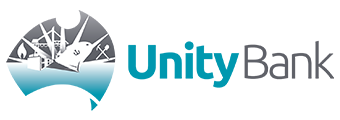

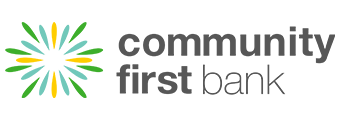


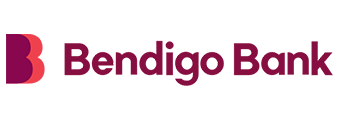

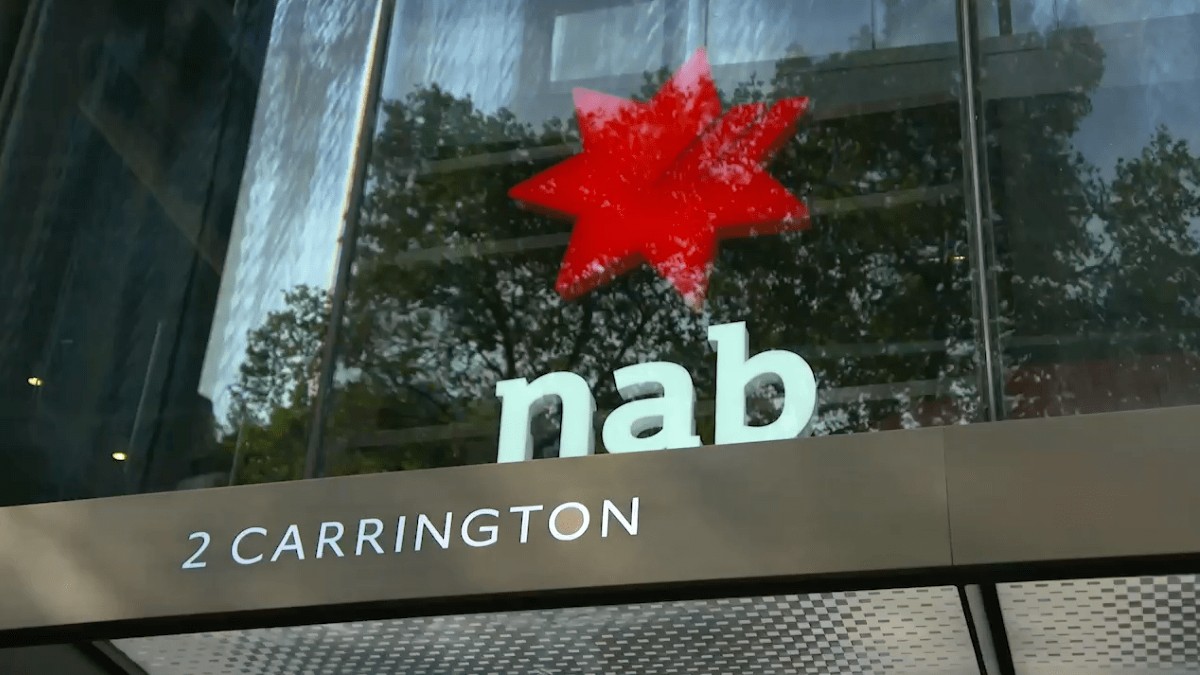
 Harrison Astbury
Harrison Astbury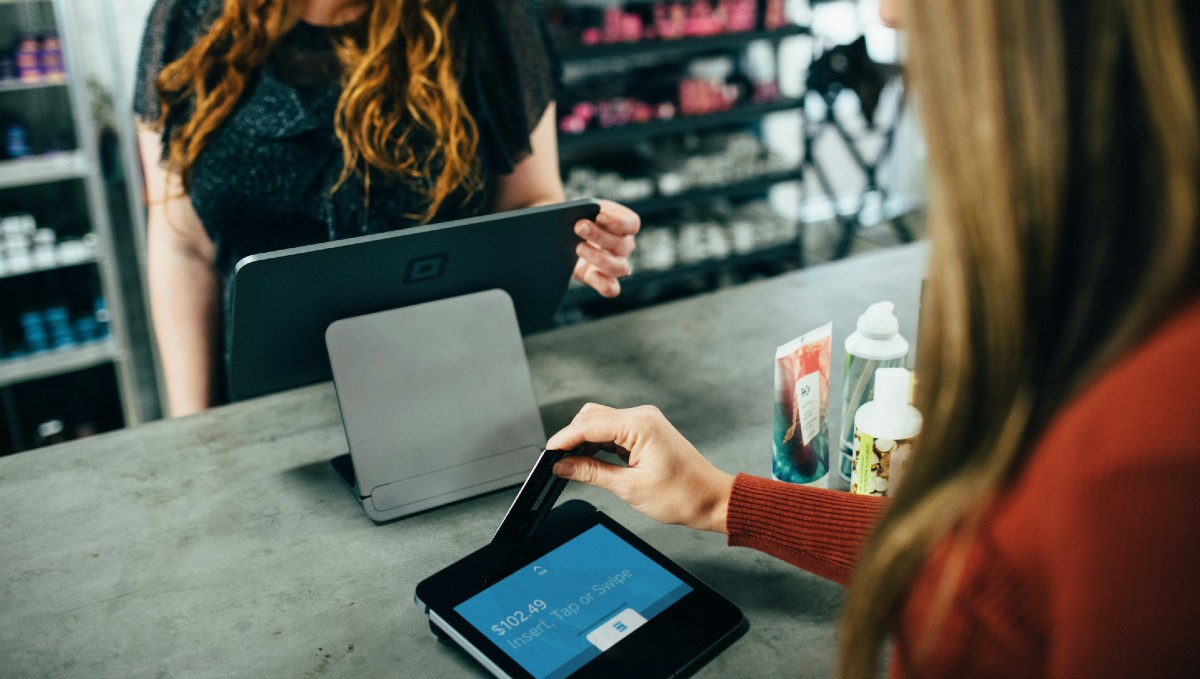
 Denise Raward
Denise Raward